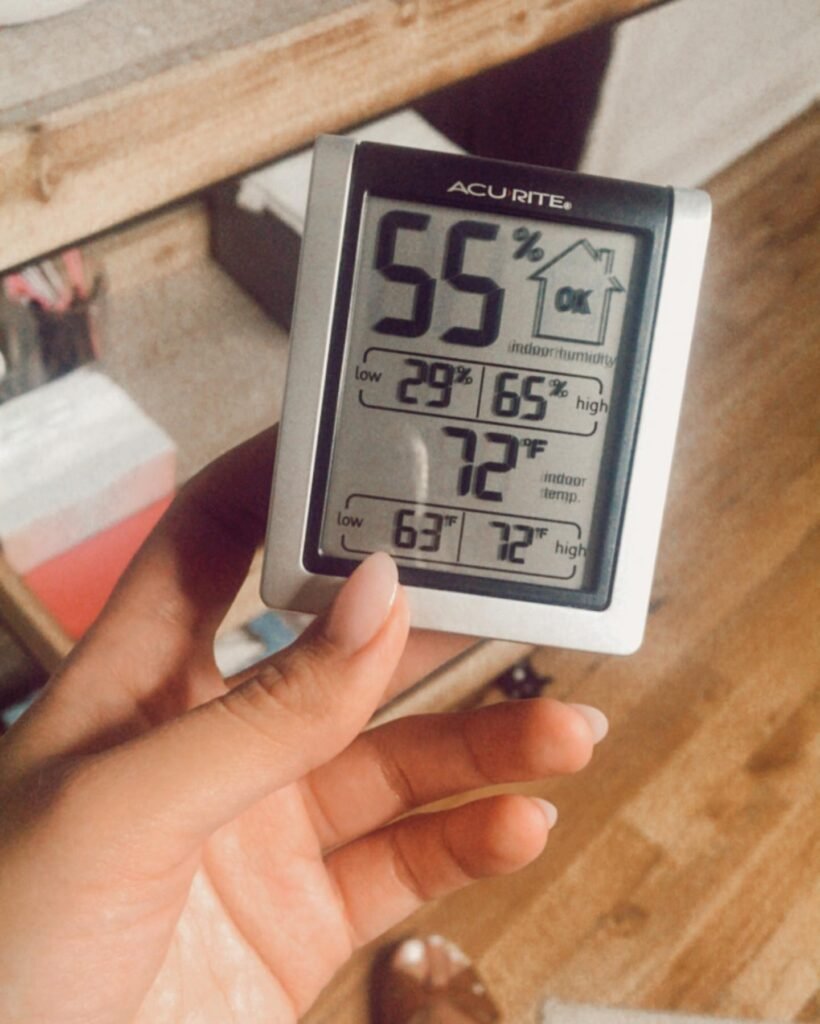Did you know that dry indoor air can lead to a myriad of problems, from dry skin and itchy eyes to respiratory issues and allergies?
It’s true! Maintaining optimal humidity levels in your home is essential for your comfort and well-being. If you’re looking for effective humidity solutions, I’ve got you covered. In this article, I’ll share some expert tips on increasing humidity and keeping it under control. Whether you live in a dry climate or simply want to create a more comfortable environment, these tips will help you achieve the perfect balance. So, let’s dive in and explore the benefits of proper humidity, natural methods to increase humidity, the advantages of using an electric humidifier, and additional tips to maintain optimal humidity levels.
Why is Increasing Humidity Important?
Increasing humidity in your home offers several benefits. By maintaining optimal humidity levels, you can prevent dry skin, alleviate respiratory issues, and reduce the risk of allergies. Additionally, proper humidity levels can help prevent mold growth and protect wooden furniture and instruments.
To ensure you’re maintaining the right humidity, consider using a humidity monitor.
- Prevent dry skin: Adequate humidity levels can keep your skin hydrated and prevent it from becoming dry and itchy.
- Alleviate respiratory issues: Dry air can irritate the respiratory system, leading to symptoms such as coughing, congestion, and dry throat. Increasing humidity can help alleviate these issues and promote easier breathing.
- Reduce the risk of allergies: Low humidity can worsen allergy symptoms by causing nasal passages to dry out, making them more susceptible to irritants. Maintaining optimal humidity levels can help reduce allergy triggers.
- Prevent mold growth: Mold thrives in damp environments. By increasing humidity to the optimal range, you can help prevent mold from forming in your home, which can cause allergies, respiratory problems, and damage to your property.
- Protect wooden furniture and instruments: Low humidity levels can cause wood to shrink and crack. Increasing humidity can help maintain the moisture content in wooden furniture and musical instruments, preserving their quality and longevity.
By using a humidity monitor, you can easily track and adjust humidity levels in your home, ensuring a comfortable and healthy living environment.

Natural Methods to Increase Humidity
Increasing humidity in your home can be achieved through natural methods that are both effective and affordable. By utilizing a pebble tray or grouping plants together, you can enhance the moisture levels in your living space.
Using a Pebble Tray
One simple and efficient method for increasing humidity is by utilizing a pebble tray. To do this, all you need to do is find a tray and fill it with water. Place pebbles or stones in the tray, ensuring they are not submerged. Finally, position the tray near a heat source in your home, such as a radiator.
As the heat warms the water in the tray, it will gradually evaporate, releasing moisture into the air and increasing the humidity in the room. This method is particularly effective during the winter months when heating systems can dry out the air, leading to discomfort and potential health issues.
Remember to monitor the water level in the pebble tray regularly and refill it as needed to ensure continuous humidity improvement in your home.
Grouping Plants Together
Another natural method to increase humidity is by grouping plants together in your living space. Plants naturally release moisture through their leaves, which contributes to the humidity levels in their immediate environment.
Choose a selection of houseplants, such as peace lilies, spider plants, or English ivy, and place them in close proximity to one another. By creating a mini indoor garden, you can not only enhance the aesthetic appeal of your home but also increase the humidity levels.
Ensure that the plants receive adequate sunlight and water them as necessary, allowing the excess water to drain away. Not only will this natural method increase humidity, but it will also purify the air and provide a green and calming atmosphere in your living space.
- Utilize a pebble tray by filling it with water and placing pebbles or stones in it.
- Position the pebble tray near a heat source in your home, such as a radiator.
- Group plants together to create a mini indoor garden, enhancing humidity levels and purifying the air.
- Monitor the water level in the pebble tray and refill it as needed to maintain continuous humidity improvement.
Incorporating these natural methods to increase humidity in your home not only helps create a more comfortable environment but can also have a positive impact on your overall well-being.

Using an Electric Humidifier
An electric humidifier is a reliable and convenient way to increase humidity in your home. These devices are designed to add moisture to the air and can be set to maintain optimal humidity levels. With various sizes and capacities available, you can choose an electric humidifier that suits your specific needs.
By using an electric humidifier, you can enjoy the benefits of improved air quality and enhanced comfort. These devices are especially beneficial during dry seasons or in areas with low humidity. Whether you’re dealing with dry skin, allergies, or respiratory issues, an electric humidifier can help alleviate these problems by providing the moisture your body needs.
Additionally, electric humidifiers are easy to use and maintain. They typically come with user-friendly controls and adjustable settings, allowing you to customize the humidity levels according to your preferences. It’s important to clean and maintain your humidifier regularly to ensure optimal performance and prevent the buildup of bacteria or mold.
When using an electric humidifier, keep in mind a few helpful tips:
- Place the humidifier in an area where it can effectively disperse moisture throughout the room.
- Use distilled or filtered water to minimize the risk of mineral buildup and ensure clean mist output.
- Monitor humidity levels using a hygrometer to ensure they stay within the optimal range. The ideal humidity level for most homes is between 30% and 50%.
With an electric humidifier, you can create a more comfortable and healthier living environment. So, why not invest in this practical device to enjoy the benefits of optimal humidity levels?
Additional Tips for Maintaining the Right Balance
When it comes to humidity control, finding the right balance is key for a comfortable and healthy home environment. Here are some additional tips to help you maintain optimal humidity levels:
1) Avoid over-humidifying your space. While increasing humidity is important, excessively high humidity can create a breeding ground for mold and mildew. Strive for a humidity level between 30% and 50% to prevent these issues.
2) Ventilate your home regularly. Open windows to let fresh air circulate or use exhaust fans in areas prone to humidity buildup, such as the kitchen or bathroom. Proper ventilation helps control moisture and prevents excessive humidity.
3) Consider using a dehumidifier in areas with high humidity. If certain rooms, like your bathroom or basement, tend to be excessively humid, a dehumidifier can help remove excess moisture from the air. This will contribute to a healthier and more comfortable living space.
4) Regularly monitor humidity levels. Invest in a reliable hygrometer or humidity monitor to keep track of the humidity in your home. By monitoring your humidity levels, you can make adjustments as needed to ensure they stay within the optimal range for your well-being.





